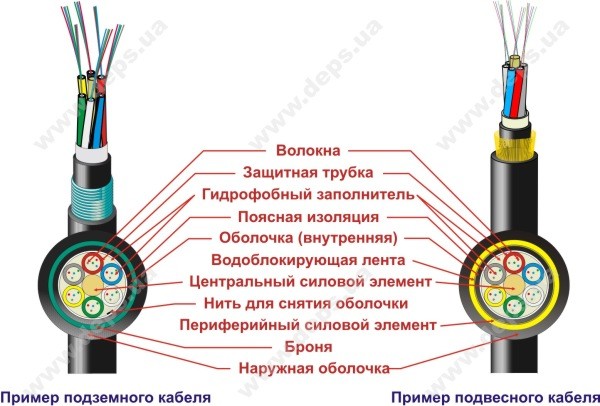
4 important things to know about patch cables
You might think that all connecting cables are the same, but they are not! At the time, finding those jumper cables in the trash might seem like a great idea, but the shock you get from cables that…
You might think that all connecting cables are the same, but they are not! Finding these jumper cables in the trash may seem like a great idea at the time, but the shock you get from cables that don't have rubber grips will quickly convince you that you should research the issue before making a purchase. Learn about the minimum specifications of these handy tools, as well as tips for safe jumping.
Caliber and width
If you see a nice thick pair or patch cables marked "heavy duty" in the store, you can be deceived - you really need to pay attention to the gauge of the cables themselves. Hint: A higher numbered sensor is not better! A 10-gauge cable won't give you enough power to jump your car, while a 6-gauge should give you enough power, unless you need to start a dump truck. The lower the number, the faster it charges and the more energy flows through it.
Clamp and length
When you go to the store for jumper cables, make sure you buy a good, strong clip with teeth that don't look like they're slipping off the battery terminals. Getting nice rubber-coated pens helps ensure you don't get electrocuted. A good minimum length for connecting cables is 12 feet, but even more would be better if you're in a crazy place with your car and need a jump.
Start of the jump
The correct type of connecting cables is only the first hurdle. Next, you really need to know how to use them without disastrous consequences. After you have parked the cars facing each other and opened the hoods, connect one end of the red cable to the positive battery terminal of the booster car, and then connect the other end to the positive battery terminal of the idle vehicle. The black clamp is then attached to the negative terminal of the acceleration car and the other side of the black cable is grounded on the dead car's unpainted metal screw or handle. Start the boost machine, let it run for a few minutes, and then you can easily start the car that is not yet dead.
End
After the dead car starts, you can safely disconnect the cables in reverse order - the black cable is taken from the dead car, then from the booster car. Then remove the red cable from the dead car and finally from the boost car.
Pack your cables so they're ready for your next adventure! If you're constantly having battery problems, it might be time to contact AvtoTachki to set up an appointment to have your battery checked.
